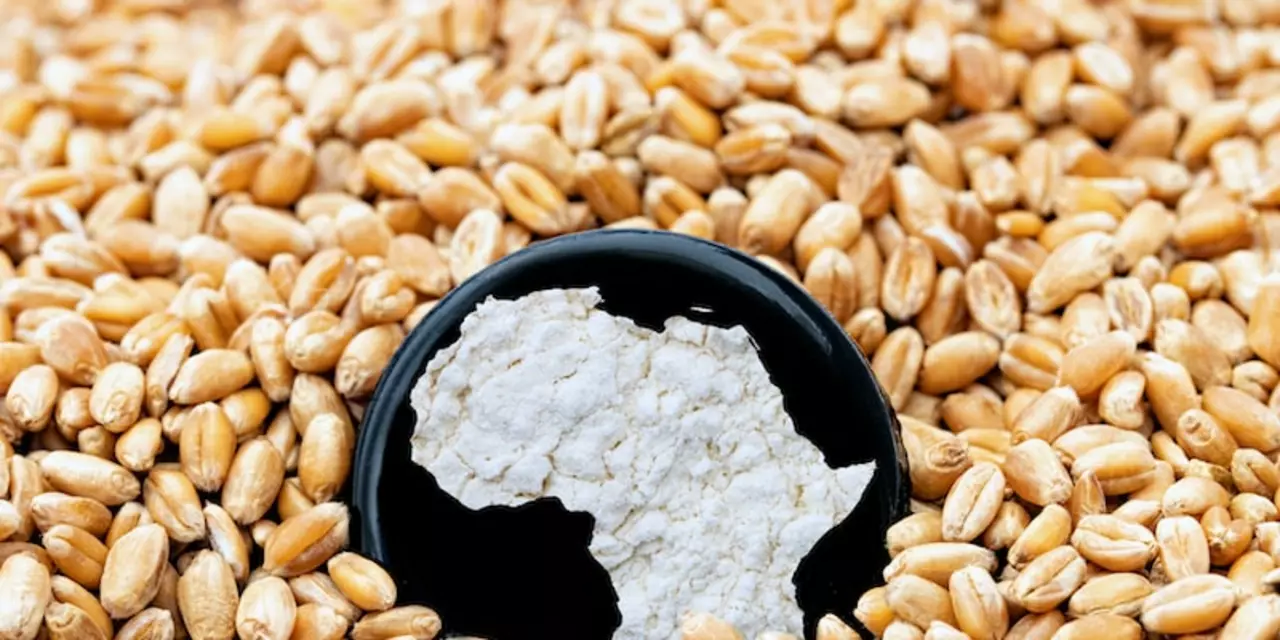Wheat – News, Trends, and Tips
Wheat is one of the most common grains you see on plates and in grocery aisles. From roti to bread, it powers breakfast, lunch, and dinner for millions. This page gathers all the newest wheat stories, market updates, health facts, and easy recipes so you can stay in the loop.
Latest market and farming news
Every week the price of wheat shifts because of weather, demand, and government policies. Right now farmers in the Udupi region are dealing with a drier than usual monsoon, which has pushed the local price up by about 5 %. The state agriculture department says a better irrigation plan could bring the price back down in the next quarter. If you grow wheat, watch for the new seed varieties that promise higher yield with less water – they’re being trialed in nearby villages.
Health benefits and cooking ideas
Whole‑grain wheat is packed with fiber, B‑vitamins, and minerals that help keep digestion smooth and energy steady. Swapping white flour for whole‑grain flour can lower cholesterol and keep you fuller longer. If you’re new to cooking with wheat, start with simple dishes like wheat chapatis or a quick wheat porridge. Just mix wheat flour, water, a pinch of salt, and cook on a hot pan for a minute each side – you get a tasty flatbread in minutes.
For a snack, try roasted wheat kernels tossed with a little olive oil, salt, and your favorite spices. They’re crunchy, nutritious, and perfect for a mid‑day bite. When you need a heartier meal, use wheat flour to thicken soups or make a protein‑rich wheat‑based salad with boiled beans, chopped veggies, and a lemon‑yogurt dressing.
Storing wheat properly can keep it fresh for up to a year. Keep whole‑grain wheat in an airtight container in a cool, dry place. If you buy wheat flour, consider freezing a portion to protect it from humidity and bugs. Good storage means you always have the grain ready for cooking or baking without losing nutrients.
Want to keep track of wheat trends? Follow local market reports, join farmer groups on social media, and check our weekly wheat roundup on Udupi Daily News. We’ll bring you price charts, expert tips, and new recipe ideas every Monday and Thursday.
Whether you’re a farmer, a health‑conscious eater, or just curious about where your bread comes from, this page is your go‑to spot for wheat‑related info. Bookmark it, read the stories, and share the tips that work best for you.

What is the typical food of a poor Indian?
Poor Indians have a diet which is mostly dependent on basic staples like wheat, rice and pulses. These are supplemented by a variety of vegetables and fruits, which are seasonal and locally available. Dairy products and meat are consumed sparingly, and mainly by those who can afford it. Poor Indians usually have simple meals which consist of chapatis, dals and vegetables, or rice and sambar.